Playful & gentle, the Havanese is a lovable breed that will win many admirers with its silky hair

Havanese Spotlight
- Full of energy
- Suffers from separation anxiety
- Affectionate and loving
- Does well with animals and children
- Easy to train
- Distinct bouncy gait
- Also known as the Havana Silk Dog
- Very hardy and healthy toy breed
History
The Havanese has an interesting start in life and it is believed that this breed was developed after the breeding of small dogs on the island of Cuba somewhere after 1492. The bred dogs had a wonderfully thick coat that helped to protect them from the sun in this tropical area. In the 1800s, the Havanese was found throughout Cuba in the lives of many well-known aristocrats. Travelers who visited Cuba would adopt the dogs and take them home back to their home countries of Europe, France, and Spain.
One thing to note about the Havanese is that it almost became an extinct breed until in 1959 when there were some brought to the United States. The breed began to pick up in popularity in the 1970s within the United States and has since been popular and one of the most commonly adopted breeds.
The Havanese was officially recognized by the American Kennel Club in 1996 and ranks 25th out of the dog breeds recognized by the American Kennel Club.
Personality & Temperament
Affectionate, loving, and gentle are all words used to describe the personality of the Havanese. If you are looking for a companion, this is the breed for you. This breed does love humans and thrives on your touch. With that said, the Havanese does not like to be left alone and will suffer from separation anxiety.
This breed is considered to be intelligent and well-mannered at the same time. The Havanese does like to sit in your lap and curl up to watch TV with you and lay next to you as you sleep in bed. This breed is the happiest when he or she is around you.
The Havanese is good with children and other pets in the home, but early socialization is important and needed. The temperament of a puppy will vary based on his or her exposures to the world around him.
Appearance & Grooming
The Havanese is a small dog that only stands about 8 to 12 inches tall and weighs anywhere between 7 to 13 pounds. Havanese have a thick, yet soft and silky coat of fur that does not shed a lot, which makes them a great choice for those who do not want to pick up hair on a constant basis. The coat of the Havanese can be long and silky or it can be curly as well. The most common colors include black, black and tan, gray, sable, and white.
While the long coat is one of the notable features of this breed, many owners do like to clip the coat to keep it short and manageable. If the coat is kept in its long form, you will need to brush it daily to ensure you remove all tangles and mats. If your Havanese has a shorter coat, you can brush him or her a few times per week.
Your Havanese only needs to receive a bath if he or she gets dirty. When you do bathe your dog, make sure to choose a shampoo that is mild and will not irritate the skin or strip the oils from it. Lastly, you should clean your Havanese’s ears once per week and trim his or her nails as often as needed to prevent any type of overgrowth.
One good piece of advice is to start brushing and grooming your Havanese early on as a puppy. This way, he or she will be used to the feel and not run away or dread it the whole time.
Health
Havanese are generally healthy dogs, but they are prone to some hereditary and inherited conditions. It is important to work with a reputable breeder to ensure the health of your puppy.- Elbow dysplasia - is a condition that affects the elbow joint and is degenerative in nature. This disease causes the joint to become weakened and deformed. The condition is painful and can lead to arthritis in your pup. Common signs of elbow dysplasia include lameness in the affected leg, stiffness, and trouble using the leg, especially when getting up or down.
- Hip dysplasia is similar to elbow dysplasia. This condition affects the hip joint specifically. Just like elbow dysplasia, hip dysplasia causes lameness in the affected leg and can lead to arthritis.
- Chondrodysplasia is a genetic condition that is often referred to as dwarfism, but it is not. The affected breed will have limbs that are shorter than they should be. Often times, your dog will be left crippled. Most dogs can live a happy and whole life even with the condition.
- Cataracts occur when there is an opacity on the eye lens. This condition does lead to blindness in your Havanese. Typically, you will notice that there is a problem with your pup’s eyes because they will have a cloudy appearance to them. Cataracts can be corrected with surgery.
- Portosystemic Shunt - This condition occurs when there is an abnormal blood flow. When the blood from the digestive tract skips right past the liver and heads to the systemic venous circulation, toxins that are typically removed by the liver are left within the system and this can lead to loss of appetite, depression, seizures, and blindness.
Exercise & Care
The Havanese does have a lot of energy and is often quite the fireball when he or she is outdoors. Even though your pup comes in a compact size, you will find that he or she does need to receive exercise throughout the day. If you do not have a yard, you should take your pup for a walk or two per day.
This breed does not have specific home requirements and can adapt to a large house or a small condo without any issues. You should plan to keep your dog indoors, as this is not a breed that likes to thrive outdoors.
The Havanese is considered to be easy to train and does like to please you as his or her owner. You may run into trouble house training your Havanese, so you will need to remain patient during this time.
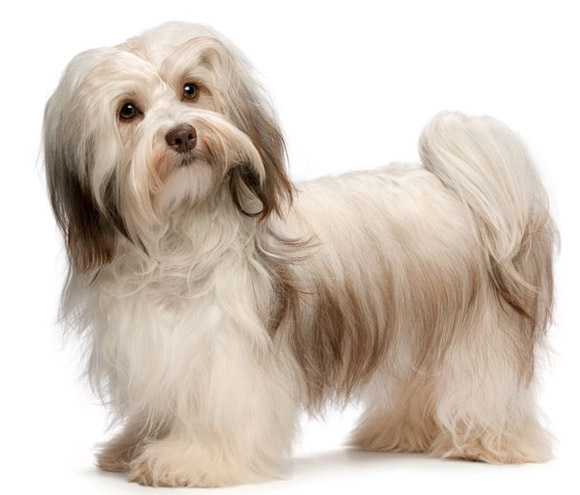
 Cuba
Cuba
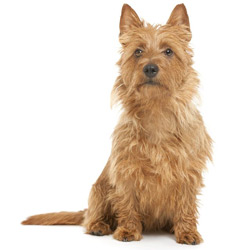
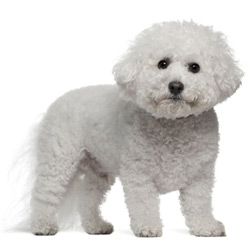
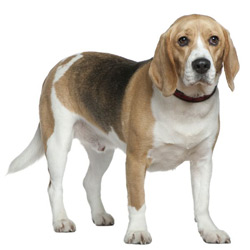
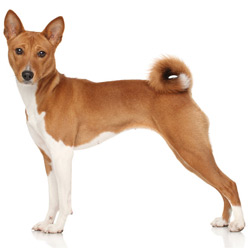
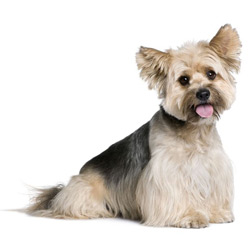
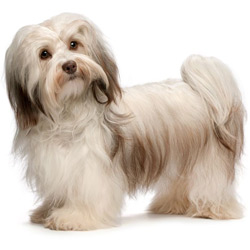
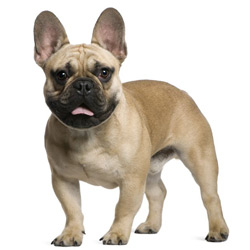
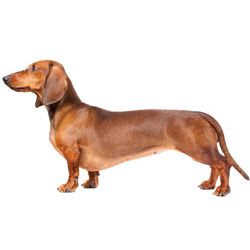
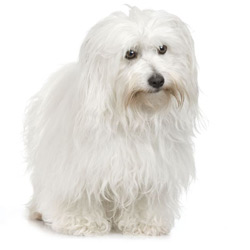
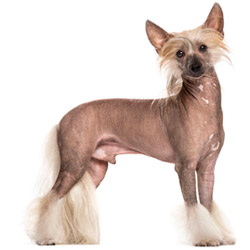
What do you think?